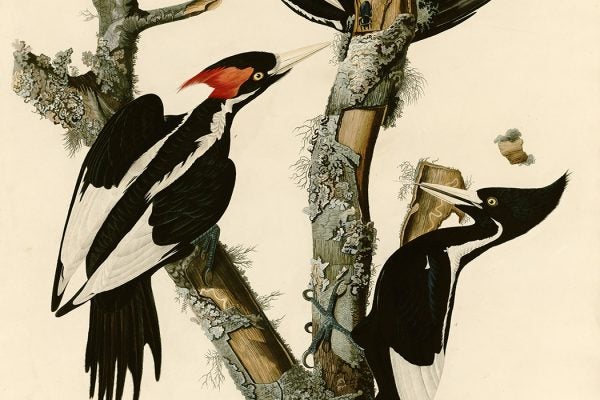Transgender Legal Battles: A Timeline
New laws regarding transgender youth are based on the assumption that the gender binary is natural.
Black Holes R Us
The universe is full of black holes. Even the Milky Way has one, and we now have a picture of it. Don't panic, but it looks like a blurry glazed donut.
Young People and Eco-Anxiety
As problems caused by climate change become more acute, so too does the eco-anxiety of the world's youth.
Mosques of Their Own
The long, little-known history of Muslim women in communal religious life.
Nostalgia for Manly Men in Seventeenth-Century Spain
Moralists found it easy to criticize Spanish men, particularly the high-born among them, for all sorts of supposed failures of masculinity.
Jewish Law and Abortion
A practicing physician reviews contributions of Jewish ethics and rabbinic thought to the issue of abortion.
After Roe, Bendable Phones, and Nurdles
Well-researched stories from Black Perspectives, Recode, and other great publications that bridge the gap between news and scholarship.
Is the Ivory-billed Woodpecker Still Around?
With the US government poised to declare the Ivory-billed Woodpecker extinct, scientists work to determine what counts as evidence of existence.
The Living Dead Embody Our Worst Fears
Zombie movies are scary fun, but they also help us examine our anxieties about contagious disease and unstoppable chaos.
Film and TV Ratings in the Streaming Age
We've got Netflix, AppleTV, YouTube, and Prime literally in the palms of our hands. Do conventional movie and television rating systems matter to us?









